WHEN ICELAND BEAT ENGLAND, IT PROVED SIZE DOESN’T MATTER IN SOCCER
Iceland Develops Players From A Young Age and Makes It Easy on Parents
How can a small country, a fraction of the size of the state of Texas, possibly be more advanced than American youth soccer? Read on and discover why youth soccer guru Tom Byer believes why Iceland deserves to be proud.
World-renowned youth soccer guru Tom Byer believes that Soccer Starts At Home when kids are very young. Recognized by his football peers, numerous National Football Federations, international media and the countless number of young footballers he has taught and inspired over the last 24 years, as the world’s leading grassroots technical coach, Byer has just returned from training coaches and players in Iceland.
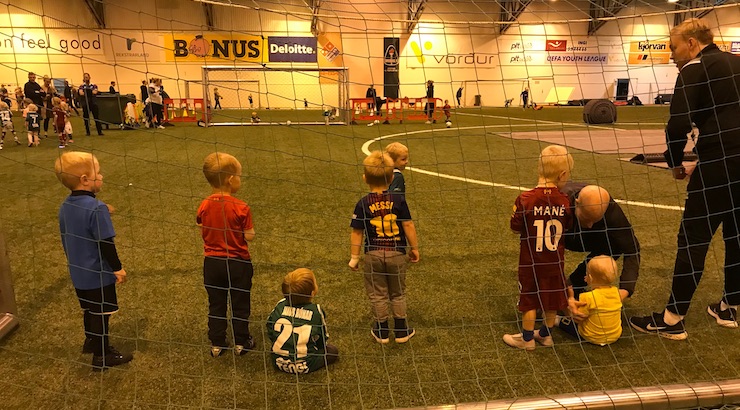
Byer’s book “Soccer Starts At Home” is now in its second printing and has been translated into a ton of languages. Byer is also the youth Technical Advisor and Grassroots Ambassador for the Chinese Football Association (CFA).
Read: TOM BYER AND HOUSTON DYNAMO PUSH SOCCER STARTS AT HOME
Diane Scavuzzo: What were you doing with the FA in Iceland?
Tom Byer: I was asked to visit Reykjavík, Iceland and present to their UEFA A & B licensed coaches as part of the annual refresher course required to keep your license active.
I was pleasantly surprised to see there is a soccer culture in this country — second to none.

Read: Football Starting at home a Key Ingredient for Success
Diane Scavuzzo: Why is Iceland one of the great soccer countries of today?
Tom Byer: Iceland has shown the world they can do a lot with very little.
Iceland is a nation that promotes participation in sports from an early age.
Iceland continues to punch way above their weight and the rest of the world should be ashamed at what Iceland has been able to achieve — with very little resources compared to most other countries who have invested millions of dollars into the sport with very little to show for it.
There are soccer facilities everywhere and even mini-pitches for people to use any time of the day or night without silly restrictions.
At a professional club, I watched a session with kids ages 5 years old and younger being coached by the captain of one of the pro teams — and he held a UEFA A Coaching License. Everyone, at every level, is involved in the game and helping develop young players.
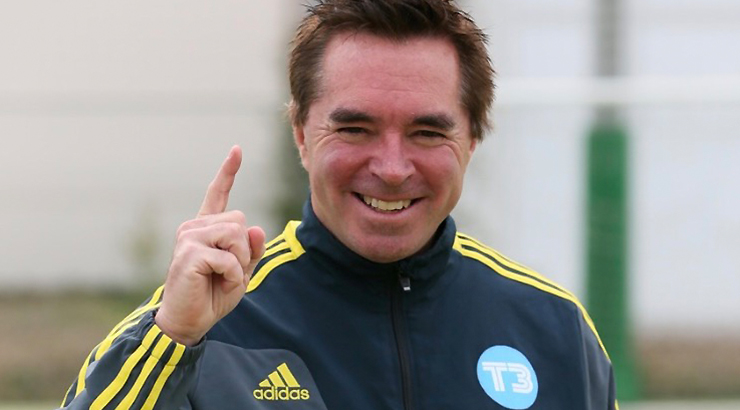
Iceland is a country that has figured out that big is not better. Currently, six of the ten countries in the top FIFA Rankings have populations of approximately 10 million or less.
Diane Scavuzzo: When Iceland defeated England in the EURO’s, you believe it catapulted the country into the spotlight — what prepared Iceland for this success?
It’s funny — I often tell the story about when Iceland beat England. I woke up that morning in a hotel in China to do an event and my colleague, a few rooms down, had stayed up very late to watch the EURO match. He looked exhausted and disappointed — and, he had to face a crowd of media reporters with me.
That person was David Beckham.
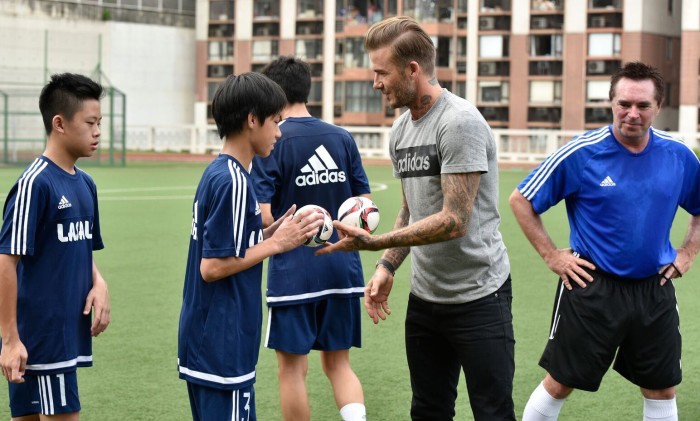
I remember the questions Beckham was having to answer after England was humiliated, losing to a country with approximately 330,000 people.
This was a defining moment for
So, although the England game attracted worldwide attention, the Icelanders were probably the only ones not shocked as they prepared for this success with all their hard work, and patience had finally paid off.
Read: TOM BYER ON WHY PARENTS ARE THE KEY TO PLAYER DEVELOPMENT
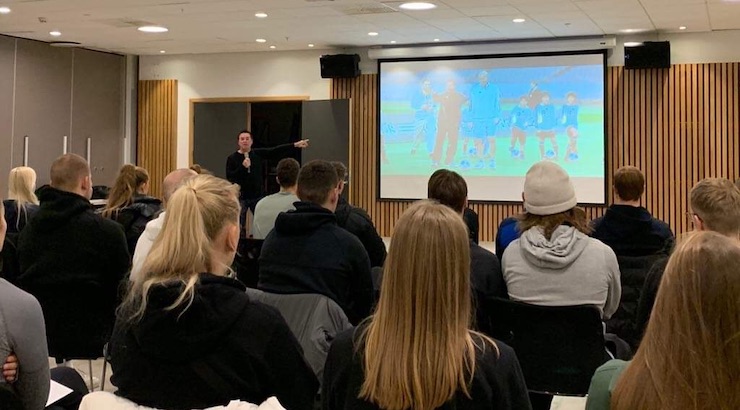
Diane Scavuzzo: How does working with American organizations compare?
Tom Byer: America is so different — we are a large country with so many different organizations — all which have different agendas.
Rarely are people in soccer on the same page in the USA.
I can’t even keep track of all the different groups involved in American soccer. This is one of the reasons it’s difficult to get everyone on the same page when it comes to standards or even creating a strong soccer culture.
The USA has over 28 million kids under the age of 6 years old. In American youth soccer, there so many are multiple organizations, usually charging money and leaving parents with the hardship of transporting kids to and from fields, often to places far away from home and inconvenient.
Iceland has solved these challenges.
In Iceland, it’s all about easy access, inclusion,
and low cost.
There are even facilities for adults to enjoy running tracks and other activities while their kids are at practice.
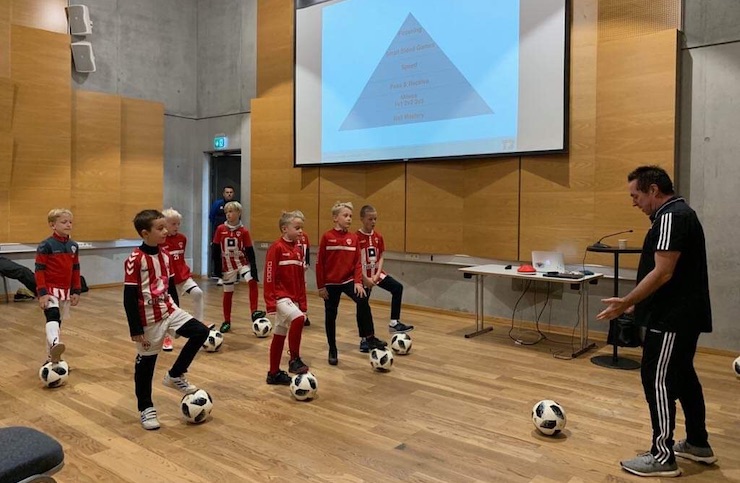
Diane Scavuzzo: On Facebook, you wrote, “After only 2 days in Iceland it’s easy to figure out why they are punching way above their weight. Icelandic Football practices common sense. What they have mastered is simplicity. One word to describe the most important asset they have is #CULTURE”W— What is their culture like?
Tom Byer: The Icelanders are keeping things real simple. Iceland has made soccer very accessible and easy to participate in.
Kids start being exposed to soccer and other sports by the age of 3 years old.
The country has built domed facilities close to schools and they also provide transportation to and from schools. In this small country which is approximately 7 times smaller than the state of Texas, here are nearly 50 community soccer clubs with highly skilled coaches, many whom hold UEFA A & B Licenses.
Kids don’t join a different youth soccer club outside of their community — they join the club in their community because they identify with that club and have great pride in being a part of it.
There are lots of opportunities to play other sports as well, so young athletes are well rounded.
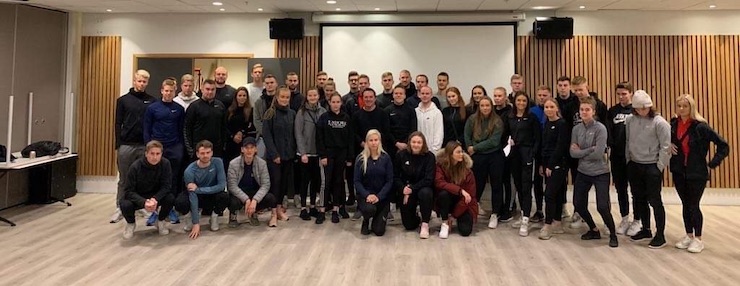
Diane Scavuzzo: What was the reaction on your presentation to the Reykjavik, University Sports Science Department Chairman and students?
Tom Byer: It’s always a great opportunity when you can get in front of a group of young people who will become tomorrow’s leaders, and the reaction from the Sports Science Chairman was fantastic.
Open to be applied to many sports, not just soccer my presentation has two parts; how Japan built a soccer culture around Ball Mastery making the entry-level of the sport very technically advanced and on “Soccer Starts at Home” — which shares a very simple but
Soccer Starts at Home is a developmental message — backed by research and science that the ‘culture of development’ begins much earlier than at the age of 5-years-old and that the key influencers of this early development begins are the parents.
This is a simple fact recognized by all advanced soccer countries.
This is still an under-appreciated age in the United States.

The American youth soccer world has yet to catch up to what science shows — Skill acquisition happens at a much earlier age than originally thought. The MLS club Houston Dynamo understands this
We cannot underestimate the importance of training young kids before they join a team.
In the presentation, I show how we successfully used the media, pop culture, events and schools to deliver the message ….
“If you want to be a good soccer player, it all starts with the technical component.”
It is important to remember that technical skills are the DNA of a youth soccer player and 80% of the neural pathways are developed by age six.
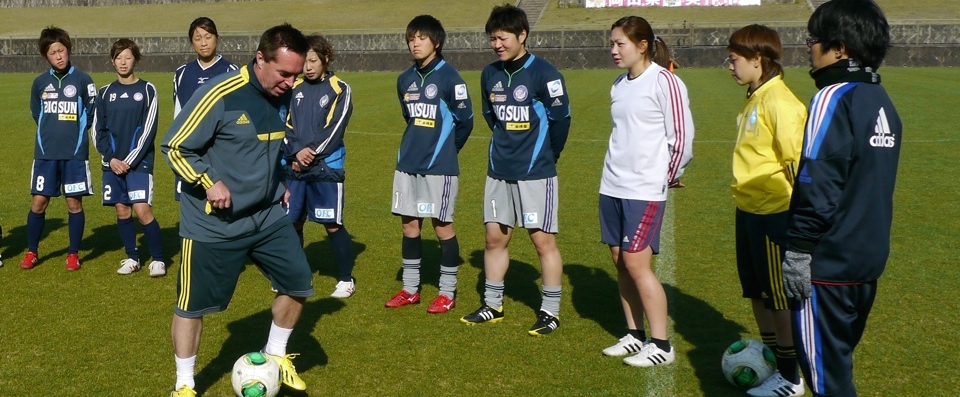
Diane Scavuzzo: Which countries are the easiest to work with and why?
Tom Byer: It’s always easier working in a country with no soccer culture than it is working in a country with the wrong soccer c
In order to change a culture, any culture, you have to start with people first.
China is a great place to work because there is no strong existing soccer culture and they are open-minded.
We’ve been able to do so much in China because there are not many barriers — beliefs and perceptions are not carved in stone.
Implementing a program steeped in common sense is much easier in China —because it’s not challenging the status quo. There aren’t tons of ‘experts’ already in place, so when you present a few common sense ideas to people, they react positively.
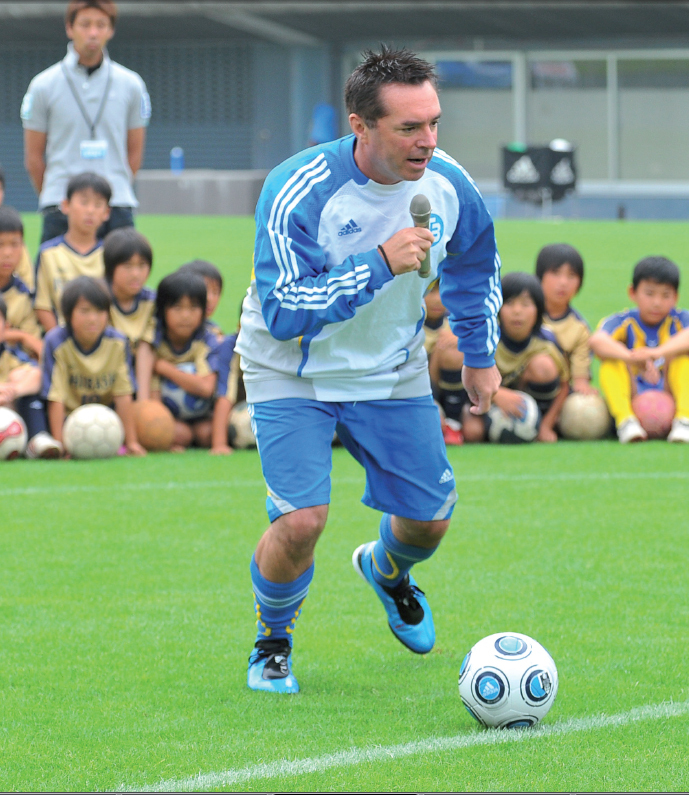
I recommended to the Ministry of Education in China that we needed an outreach media component to connected with the general public which would focus on promoting soccer skills and technical development as a core concept in China. We created the Technical Corner for Chinese Educational Television Channel (CETV), with a daily lesson which was broadcast to hundreds of millions of households highlighting the importance of Technical development.
David Beckham and I did
these TV seg ments which aired for 365 days every day at 6:15 PM to 6:18 PM.
The Ministry of Education did this because it just made sense, and they didn’t run around, taking months trying to figure out what the message should be by forming a committee to oversee the project. The Ministry left it up to us because we presented a clear strategy — one that we had already implemented successfully in Japan.
READ: SHOULD SOCCER START AT HOME? YES SAYS TOM BYER – HERE IS WHY
Diane Scavuzzo: You travel all over the world, helping develop soccer players. How many different countries have you worked with?
Tom Byer: Over my career I’ve worked in over 25 countries. For 2 years, I was the Technical Advisor to the Asian Football Confederation (AFC). The AFC has 47 Member Associations, as the Technical Adviser, I had access to many FA’s.
I have been invited to present in many countries around the world and recently, I’ve been invited to Brazil, Argentina, Italy, and have just returned from Iceland.
Last month, I was in the USA working with the MLS’ Houston Dynamo and presenting “Soccer Starts at Home” to Texas.
We have ongoing programs in Japan, China, Australia, USA and consult with many more.
My Book Soccer Starts at Home has been translated into Japanese, Chinese, Italian, and we are working on the Spanish version as well.
Soccer Starts At Home Book can be purchased online – click here
We are not proactive and do not search out places to work or publish — We are very fortunate and honored to be contacted by so many different countries. In fact, on our social media, we are contacted on a near daily basis with inquiries about our work.
Population by the Numbers: The United States is the third-largest country in the world with a population of 327.2 million. China is the most populous country with 1,392,730,000 people and India is the second-largest, with approximately 1.35 billion people in 2018.
Note: The top three most populated countries on the globe, China, India, and the USA didn’t even qualify for the past FIFA World Cup — Not to put the US in the same category as the others, but large populations appear to have little to do with performance on the pitch.






